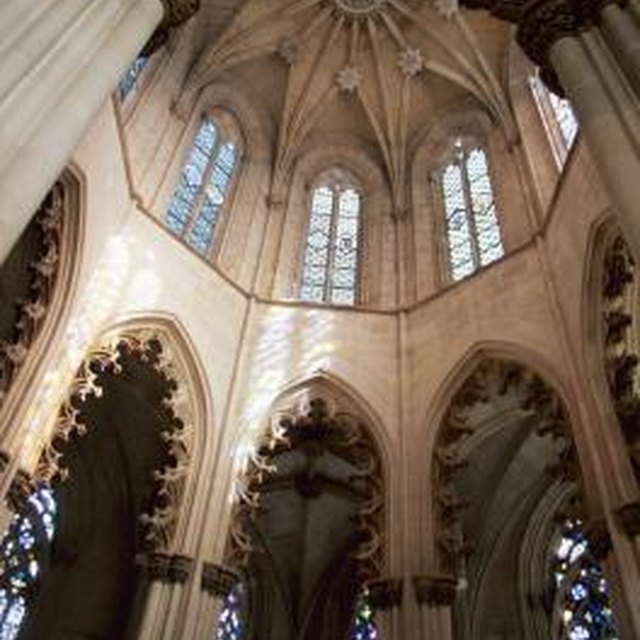- Religious Beliefs Of The Iroquois Tribe
- Iroquois Religious Beliefs And Practices
- Iroquois Religion And Beliefs
- Islam is followed by 3% of the population. The Muslim community in Greece is mainly of Turkish origin. Other Beliefs In Greece. There are other religious groups in Greek society, and they constitute 2% of the population.
- Protein and nutrients to their diet. Also, tobacco was grown for religious ceremonies. Corn, squash and beans have been vital to their diet throughout history. These three things were called the three daughters of Mother Earth because they have been so essential to an Iroquois diet. There is also a wide.
Religious Beliefs Of The Iroquois Tribe
It was, therefore, an important factor in all their civil, social, political and religious affairs. It was of two kinds, purple or black, and white, both being used as a measure of value, the black being estimated at twice the value of white.
Iroquois Religious Beliefs And Practices

Iroquois Religion And Beliefs
| by Frank G. Speck
▼Members
▼Tags ▼LibraryThing Recommendations ▼Member recommendations None Sign up for LibraryThing to find out whether you'll like this book. No current Talk conversations about this book. ▼Published reviews Belongs to SeriesBelongs to Publisher Series▼Common Knowledge
References to this work on external resources. Wikipedia in EnglishNone During his last years ethnohistorian Frank G. Speck turned to the study of Iroquois ceremonialism. This 1950 book investigates the religious rites of the Cayuga tribe, one of six in the Iroquois confederation that occupied upstate New York until the American Revolution. In the 1930s and the 1940s Frank Speck observed the Midwinter Ceremony, the Cayuga thanksgiving for the blessings of life and health, performed in long houses on the Six Nations Reserve in Ontario. nbsp; Collaborating with Alexander General (Deskáheh), the noted Cayuga chief, Speck describes vividly the rites and dances giving thanks to all spiritual entities. Of special interest are the medicine societies that not only prescribed herbs but used powerfully evocative masks in treating the underlying causes of sickness. nbsp; In a new introduction, William N. Fenton discusses Speck’s distinguished career. No library descriptions found. ▼LibraryThing members' description
|
Audible(0 editions) Project Gutenberg(0 editions) Swap(2 want) Popular coversRatingAverage: No ratings. | ||||||||||||||||||||||||||||||||||||||||||

